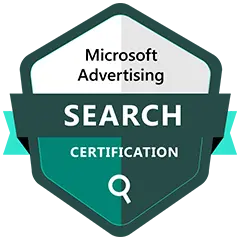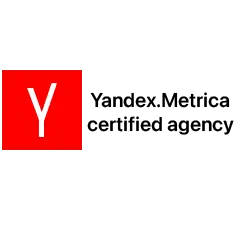We are living in a digital era, where the internet has proven its capabilities in almost every niche. As there are innumerable benefits of the internet, nearly every business owner is getting online to fetch enormous business opportunities.
Google is a place where almost all of your potential customers are available, and you can intrigue them if you have a unique position in the online market. This unique digital position means your appearance on the first page of Google search results. The website on the first page of SERP gets maximum traffic and conversion. So, it’s crucial to maintain your first page rankings in search results to get a significant online business.
There are some techniques like inbound marketing and specifically organic SEO that help you get top Google rankings, but some mistakes and use of obsolete methods can affect your rankings. These deceptive mistakes are red flags that can fade your optimization efforts and get you penalized.
Let’s discuss some red flags so that you can avoid these to reign on SERP’s first page continuously.
Low-Authoritative Backlinks
Backlinks are one of Google ranking factors, and backlinks enhance your authority for search engines. In earlier days, Google could not detect the quality of links pointing to you, and people took advantage of this loophole by several spammy link building techniques like link exchange, link farm, paid links, private blog networks, site-wide links, social bookmarking, forum spam etc. These deceptive link building techniques manipulate search results, and low-quality websites rank higher than the deserving one, which troubled users to get the right data and services.
From genesis, Google strives for the betterment of user browsing experience, and to eliminate this user browsing inconvenience, Google launched a Penguin update, which scales authority and relevance of link before passing value to you. Furthermore, this algorithm can detect manipulative tactics and penalize them accordingly. After this update, all black-hat link building techniques are now forbidden.
Although, if you are still considering this in your backlink strategy, then you are triggering a red flag, and you will face severe rank drops. Moreover, you don’t need to do spammy link building, but sometimes your competitors can do negative link building for you to devastate your rankings. So, keep an eye on your backlinks and disavow low-quality backlinks to hold on your Google rankings.
Plethora of Broken Links
Broken Links are links directing to empty or non-existing web pages. Reasons for broken links being formed are the target page has been moved, webpage/website is not live, and typo in URL. The limited numbers of broken links are tolerable, but many of these can trouble your rankings in search results. Google monitor your backlinks, any too many backlinks depicts laxity of your towards site and links, which turns up a red flag and spoils your authority and positions in SERP.
So, it would be best if you optimized broken or dead links to maintain ranks and grow your online business. You should audit your backlinks in a regular interval and cure accordingly to avoid what Google doesn’t like. Several online tools can help you detect your broken links. Optimize these broken links and maintain your eligibility to appear on the first page.
Slow Website Speed
Google gives priorities to quick loading websites. Your site rankings decrease if your website takes a long time to load, no matter how good your content is. Apart from Google, users return to search results if your website is unable to load in a digestible time. So, the slow loading speed of your website is a red flag and diminishes both traffic and rankings.
Hence, a quick loading website is crucial to be on top ranks. To improve your site speed, you should optimize large code files, high-resolution images, and get a quality hosting server.
So, boost your website loading speed, and don’t let go of your rankings and customers as well.
Keyword Stuffing
Keyword stuffing is a prohibited black hat SEO technique by Google. Keyword stuffing stands for cluttering your content with keywords. It was effective when search engines were using some specific terms (Keywords) to understand context and relevance to the user query.
But for providing the most relevant results to the visitor, Google updated its algorithm to develop a better understanding of web content and calculate relevance to a user search query. This Google update encourages the use of rich keywords, passing value to users. So, your keywords in content should make sense to the visitor, and mustn’t be used for manipulating search results.
If your content is overcrowded with keywords and doesn’t support user intent, then Google replaces you with some other website providing quality content to users. Therefore, create quality content backed by sufficient keyword density to pass maximum quality to users.
There is no specific keyword density; stop yourself when you insert a keyword for search engines instead of users. Value your user, and Google will reward you with prominent rankings.
Improper Use of “noindex” Tag
Noindex tag is used to tell Google crawlers to skip a particular page while crawling. This “noindex” tag is for stopping crawlers to index page; you don’t want to be visible publicly. Generally, people use this tag to isolate pages with confidential data.
Moreover, the whole site is no-indexed while site maintenance or revamp. So, it might happen you forget to remove the no-index tag or unknowingly set your prominent pages on noindex, which is a terrible mistake, and soon you’ll be invisible to users. As spiders don’t crawl your website, you don’t rank anywhere in search results. So, check your no-index pages and confirm only required WebPages are there, and if you are no-indexing your whole site, then make a reminder to turn it crawlable again.
These are some red flags that can affect your Google rankings. Top rankings are a must for ample business, and you must always avoid these red flags to reserve your position on the first page.










